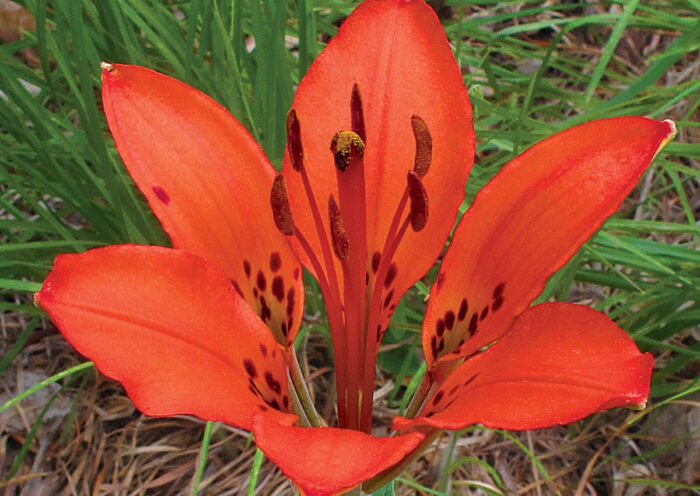
Finding plants that flourish in the shade isn’t the challenge. Anyone can find a flock of ferns or a herd of hostas to turn their shade garden into a green sea of sameness. The challenge arises when you start expecting more from those shady spots. You have to first find bold plants that thrive in partial or full shade, and then incorporate these show-stoppers in a cohesive way. It may take a little more thought and creativity to design a successful shade garden, but who ever complained about spending extra hours toiling in the cool comfort of the shade?
If it’s time to transform those dark corners of your garden, we’ve knocked the first step out of the way for you. Whether you’re a sucker for bright blooms, or unique foliage is more your style, you’ll find the perfect bold shade plant for your Southwest garden below.
1. Scarlet Hedgenettle
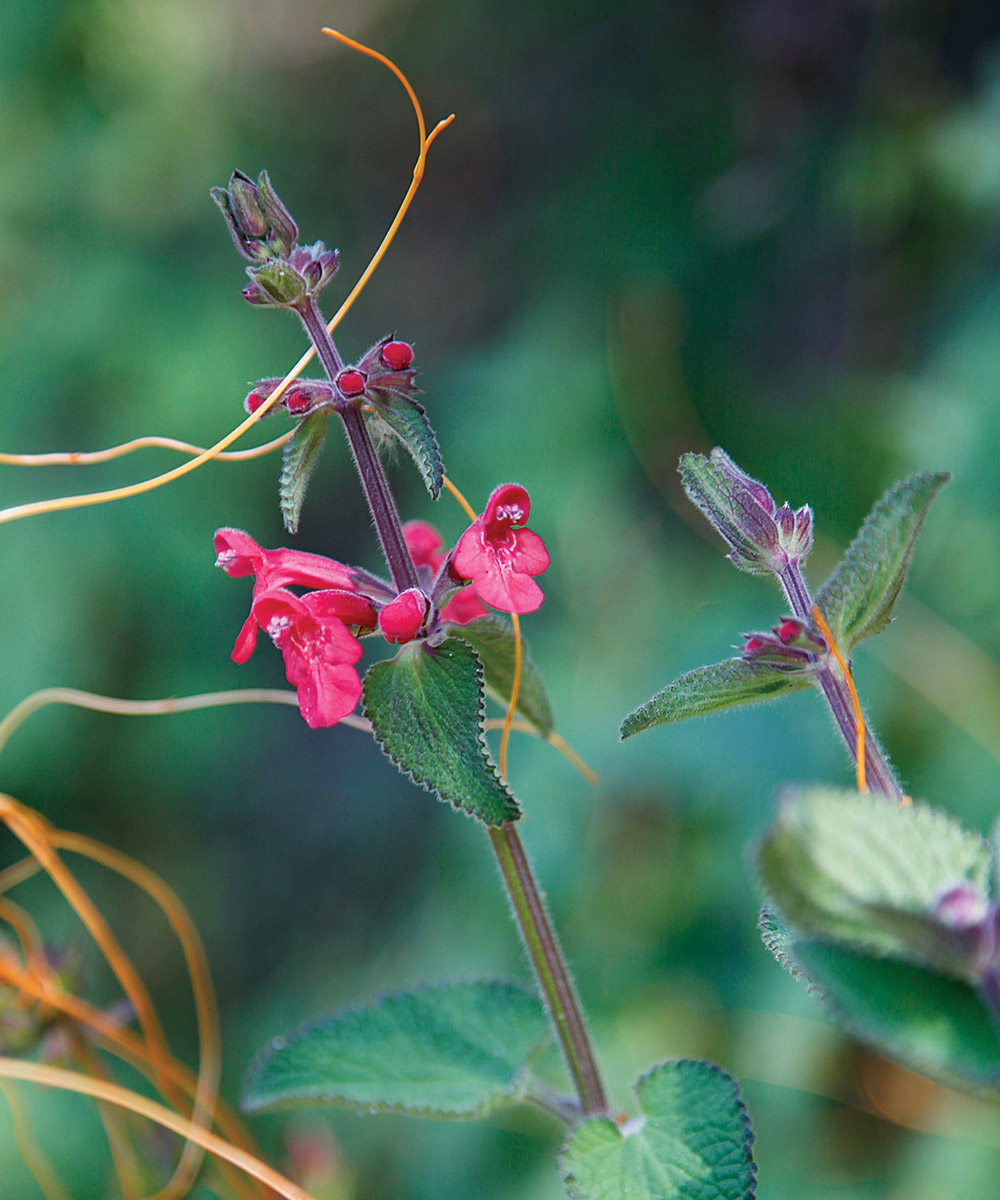
Name: Stachys coccinea
USDA Hardiness Zones: 6 to 10
Size: 14 to 16 inches tall and 15 to18 inches wide
Conditions: Full to partial shade; grows well with dry to moderate moisture conditions in most soil types, including compost-enriched garden loam. Will tolerate morning sun at mid- to high elevations
An uncommon native plant in cultivation, this shade-loving wildflower blooms all summer with spikes of tubular coral-red to red flowers. It’s a superior nectar source for hummingbirds. The strongly aromatic, deep green foliage is nearly rabbit- and deerproof. Native to shady draws and along seasonal streams, it’s well suited to dry shade with occasional deep watering. For the best performance, keep it well mulched with coarse compost. Native across sections of Arizona, New Mexico, and West Texas, this plant’s cold hardiness varies.
2. Cobweb Spiderwort
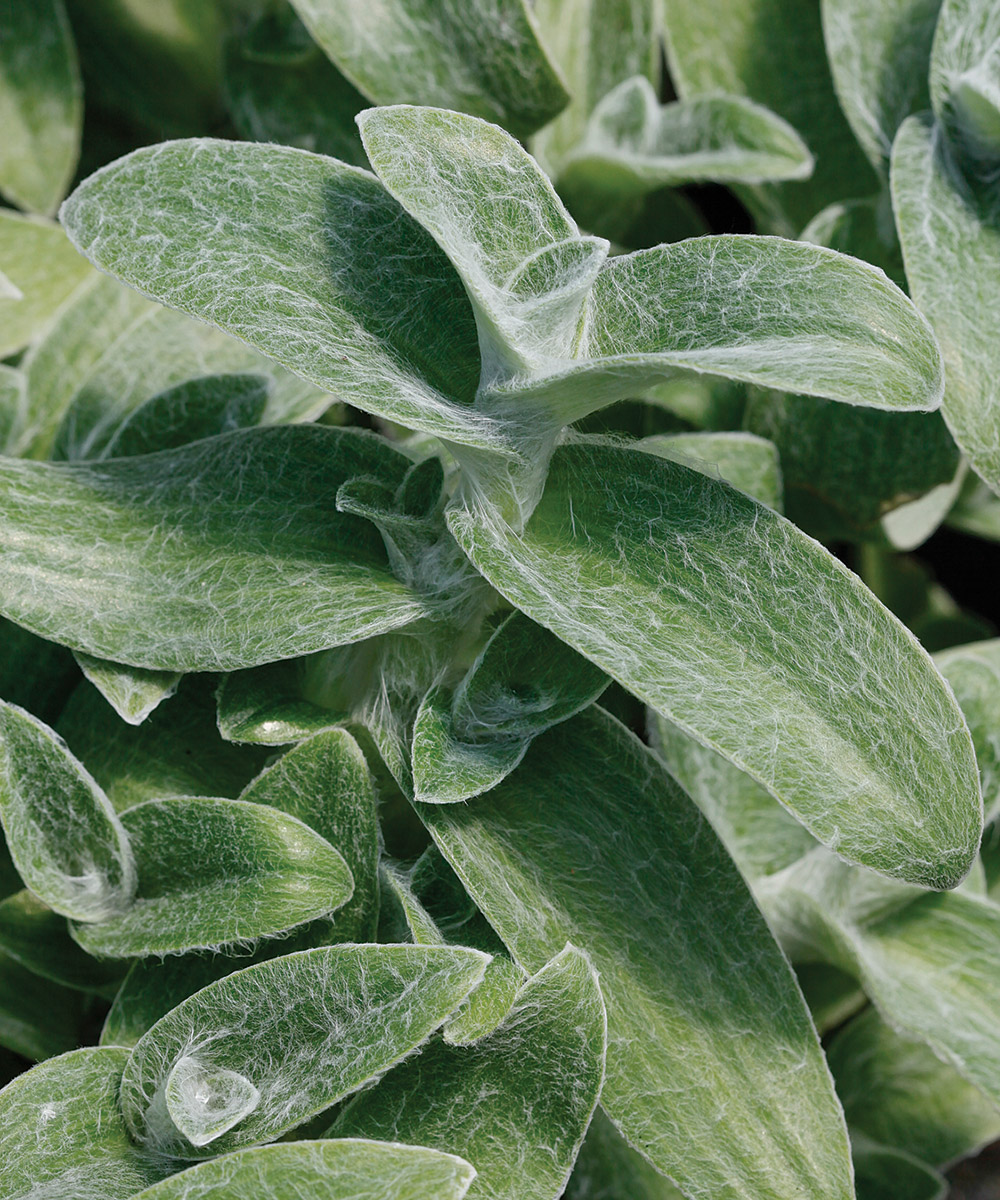
Name: Tradescantia sillamontana
Zones: 6 to 10
Size: 4 to 6 inches tall and 15 to 18 inches wide
Conditions: Full to partial shade; grows with dry to moderate moisture in well-drained, sandy to compost-enriched loam soils
An endemic wildflower from the high-elevation mountains around Monterey, Mexico, this spiderwort has webbed, almost succulent foliage and a midsummer display of large, bright pink flowers. The plant grows from large tuberous roots that store water during dry periods. Slowly spreading to make a low-growing ground cover, cobweb spiderwort is a good choice under deciduous trees and tall pines as well as in shaded beds around the north and east sides of your house. Plant against buildings, walls, and large rocks that hold heat to moderate the effects of increased cold at higher elevations. A tough, long-lived perennial, cobweb spiderwort is evergreen in mild winter climates and deciduous in Zones 6 and 7.
3. Arizona Sage
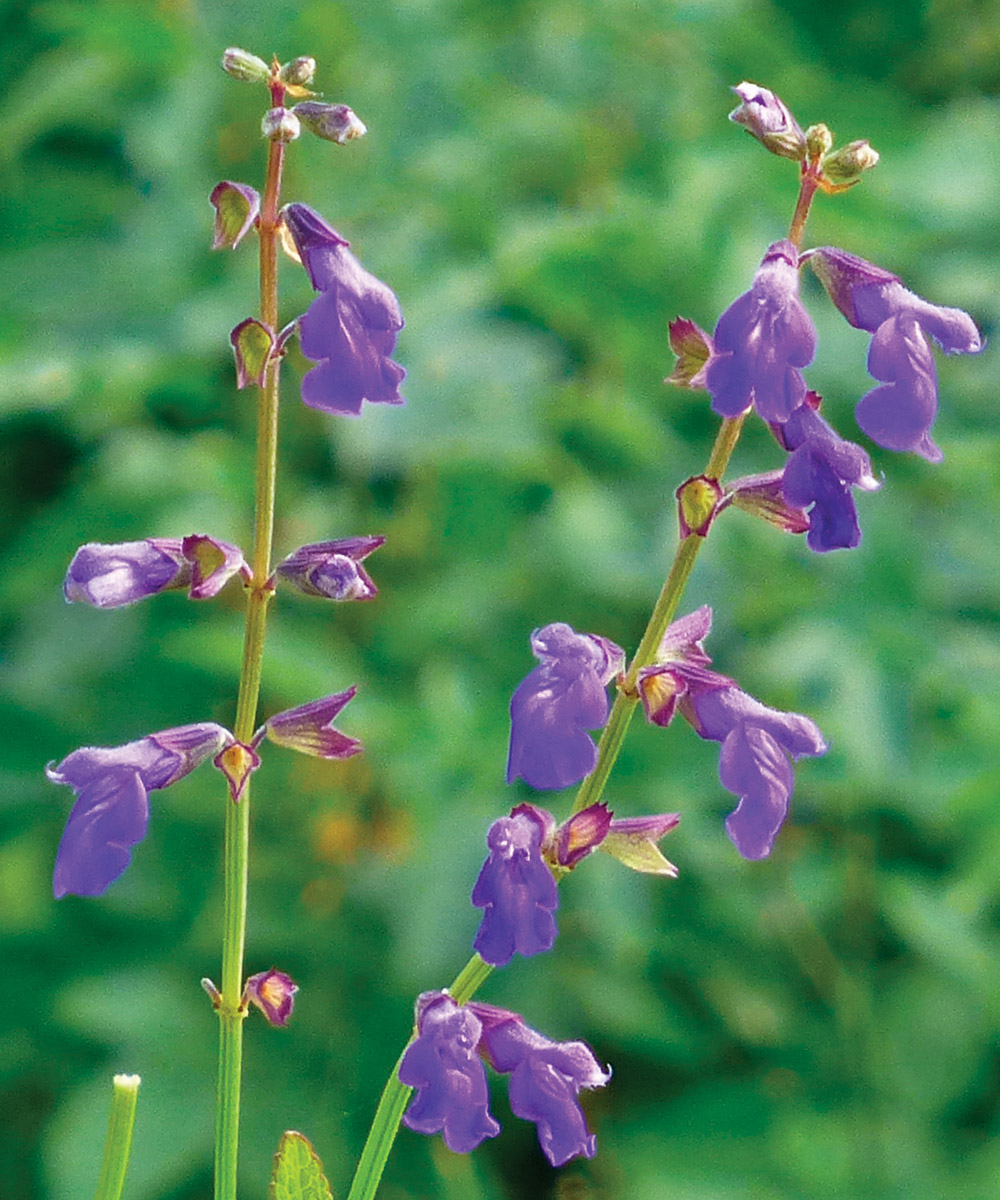
Name: Salvia arizonica
Zones: 5 to 10
Size: 8 to 12 inches tall and 15 to 18 inches wide
Conditions: Full to partial shade; grows well with dry to moderate moisture in most soil types
This uncommon native sage blooms all summer with a profusion of small blue flowers. Because Arizona sage spreads modestly with vigorous underground roots, it is especially useful for planting under deciduous trees and large shrubs to create colorful drifts of flowers in their shade. The flowers are a good nectar source for native bees, butterflies, and hummingbirds. Native in the mid- to higher-elevation mountains of southern Arizona and West Texas, it has excellent cold hardiness and drought tolerance. The plant’s aromatic foliage is highly resistant to browsing deer and rabbits. Presently, there is only one cultivar, ‘Dark Blue’ (pictured), which was selected for its especially dark blue flowers.
4. Wood Lily

Name: Lilium philadelphicum
Zones: 4 to 8
Size: 16 to 18 inches tall and 8 to 10 inches wide
Conditions: Full to partial shade; moderate to moist, compost-enriched, loamy soils. Best at middle to higher elevations and not recommended for low-elevation sites with triple-digit summer heat
Large orange-red, purple-spotted flowers adorn this lily in early summer, calling attention to this beautiful native wildflower. It’s a fine choice for woodland plantings and on the north and east sides of buildings where moister, cooler soil conditions are to its liking. When the plant is happy, the number of blooming stems will increase each year as its bulbs multiply below ground. Though widely distributed across much of North America, the plant is regionally variable. Be sure to pick nursery-grown, western forms of the plant so it will be better adapted to Southwestern growing conditions.
David Salman, founder of High Country Gardens in Santa Fe, New Mexico, has spent more than 30 years practicing low-water landscaping and introducing improved plants for the Western United States and beyond.

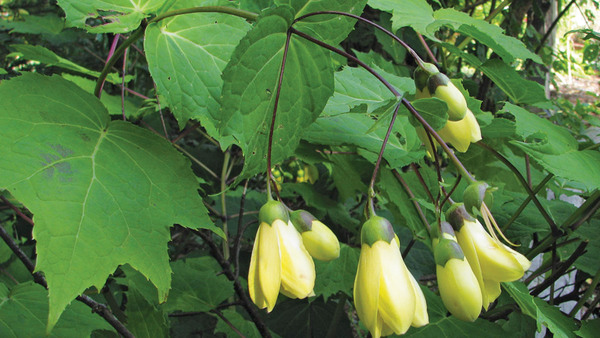
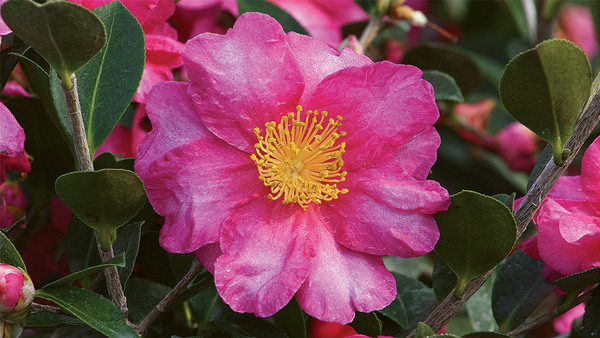
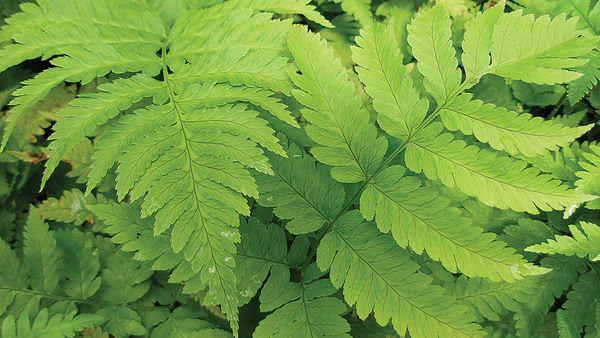













Comments
Log in or create an account to post a comment.
Sign up Log in